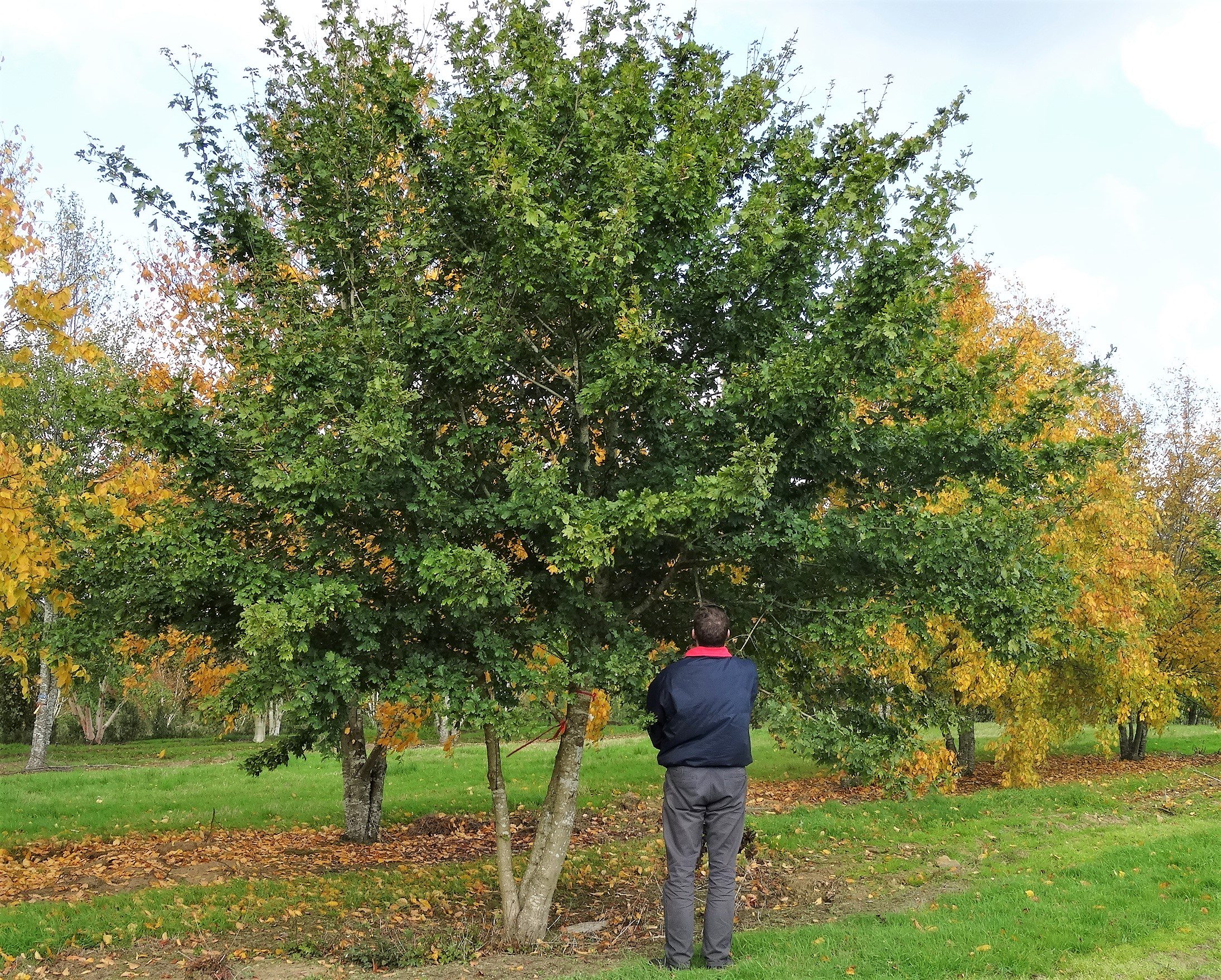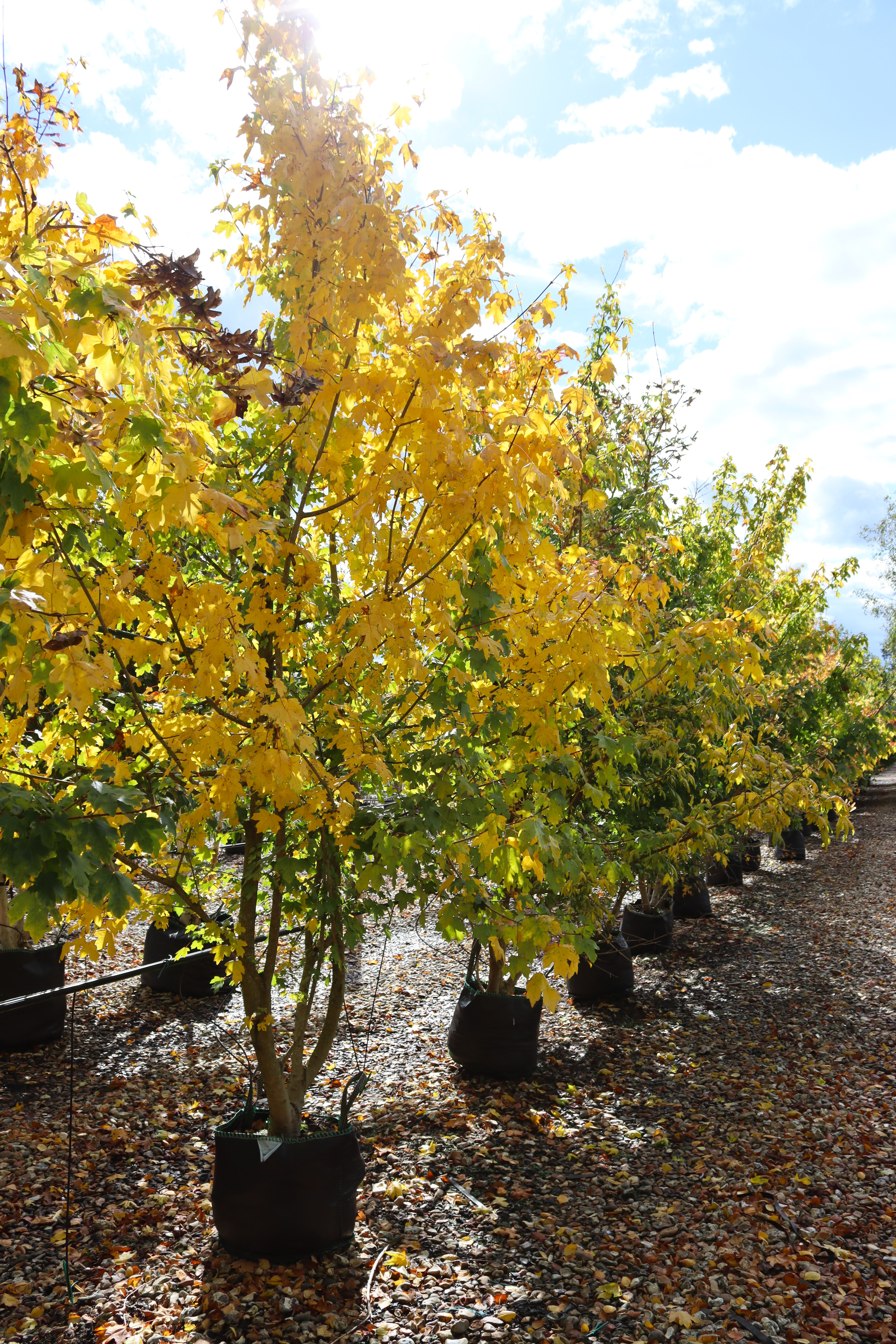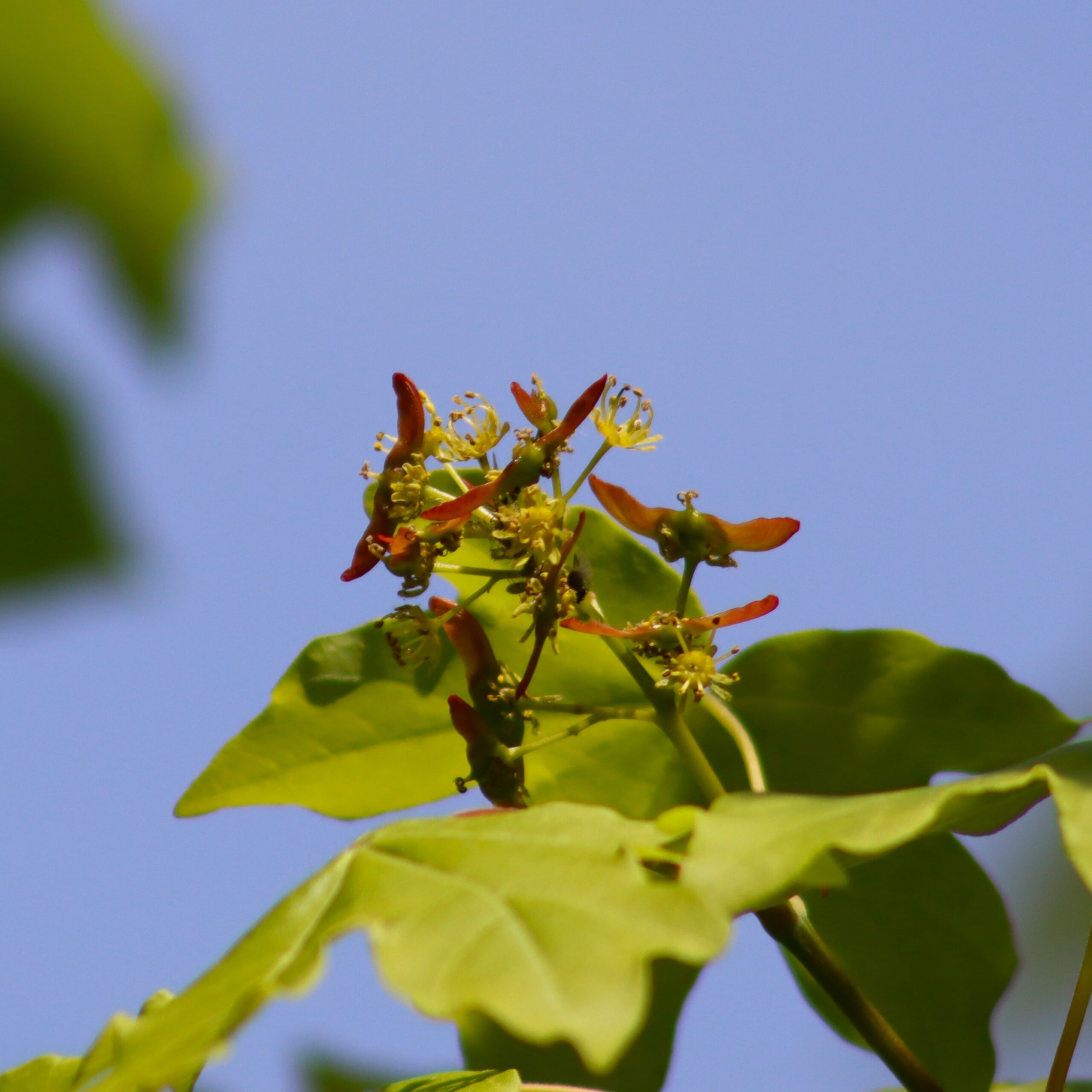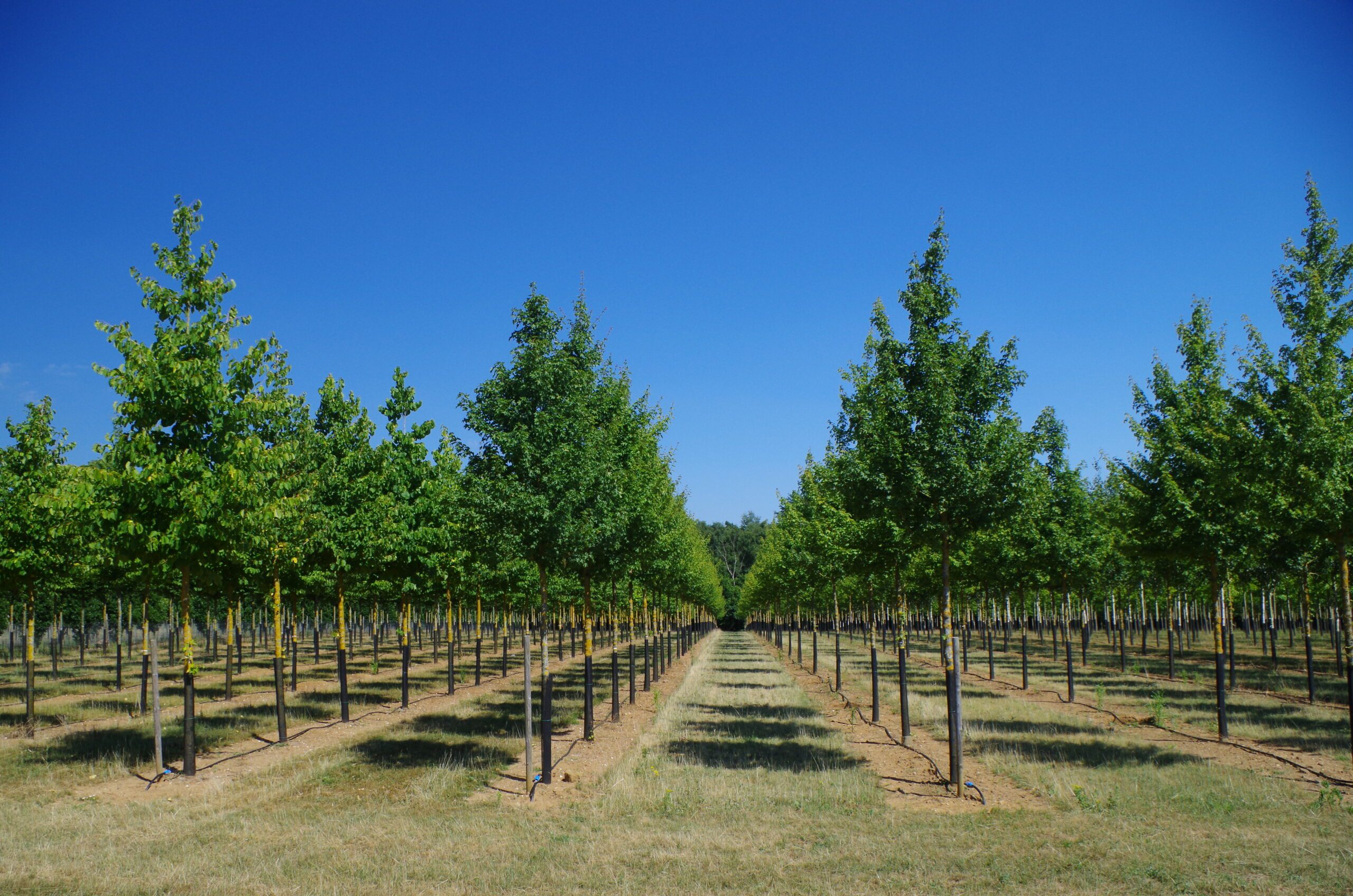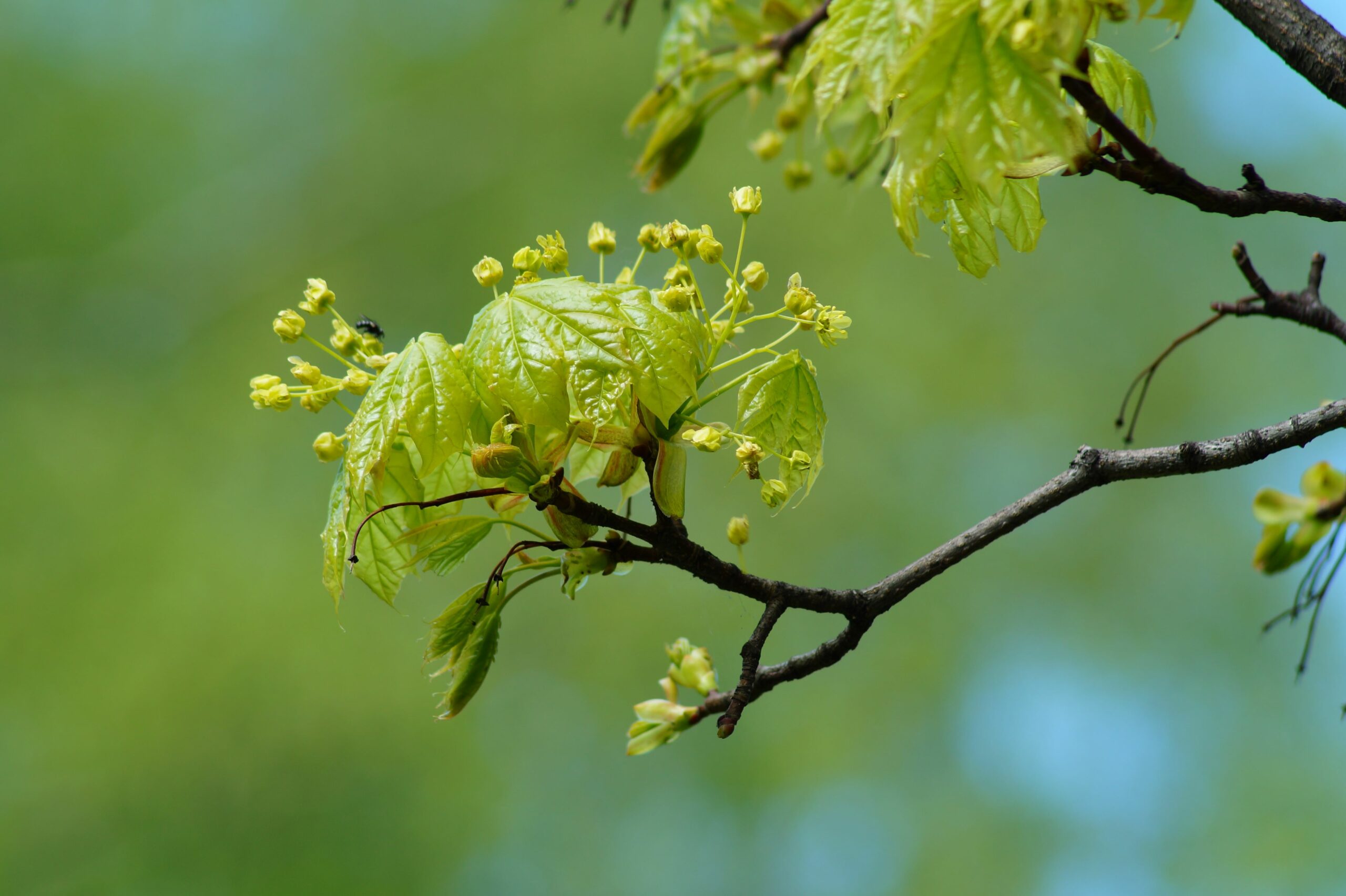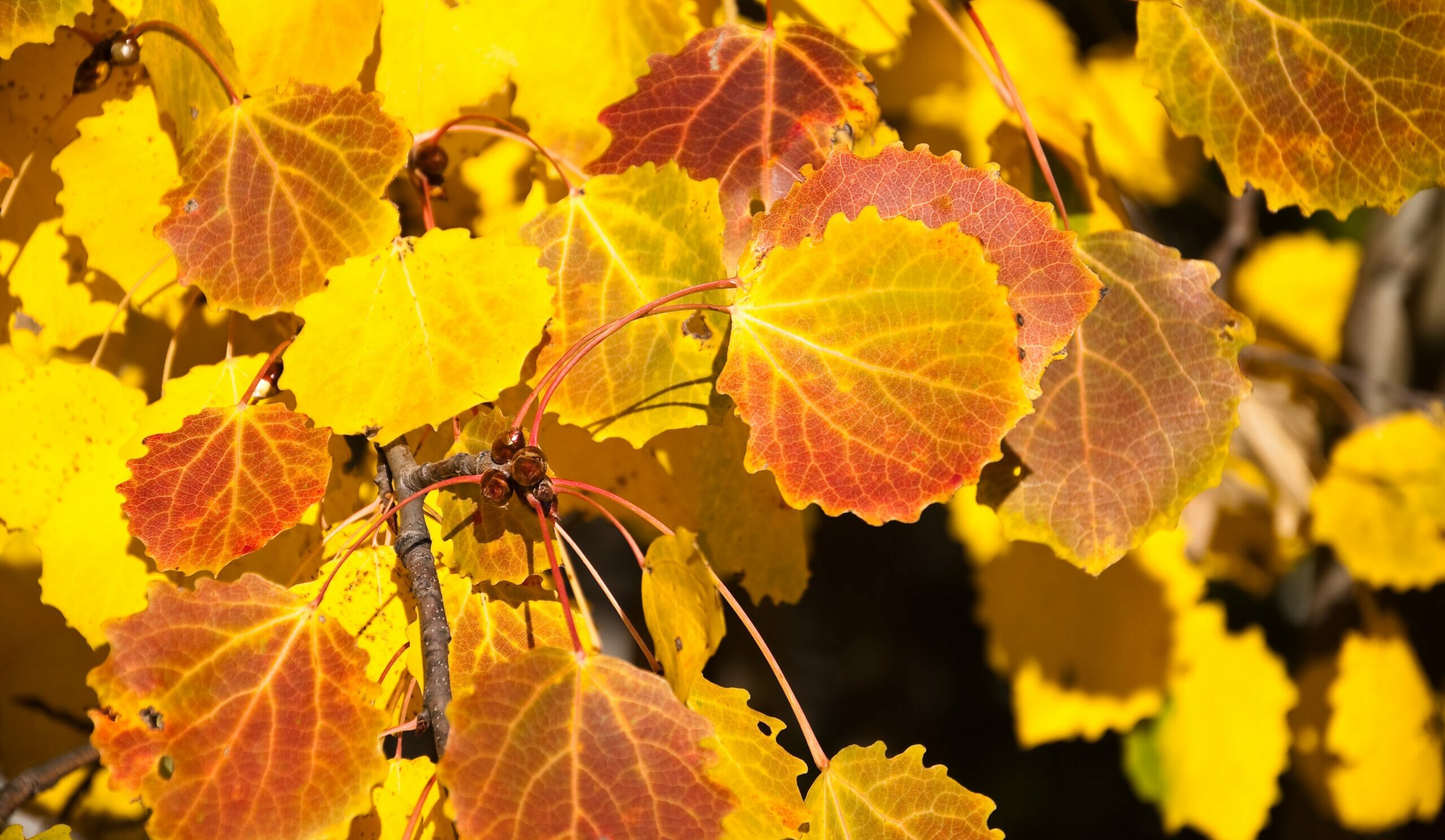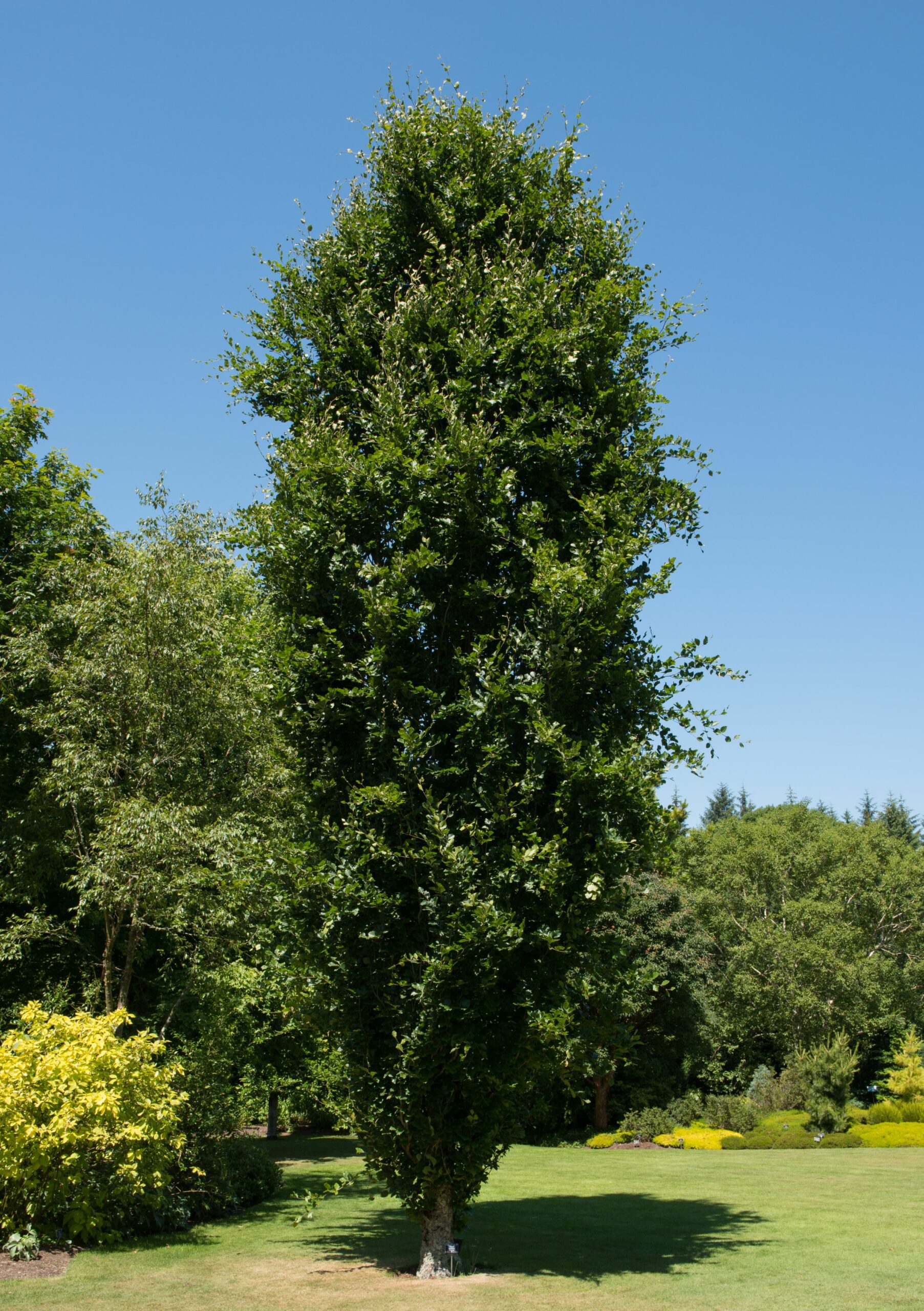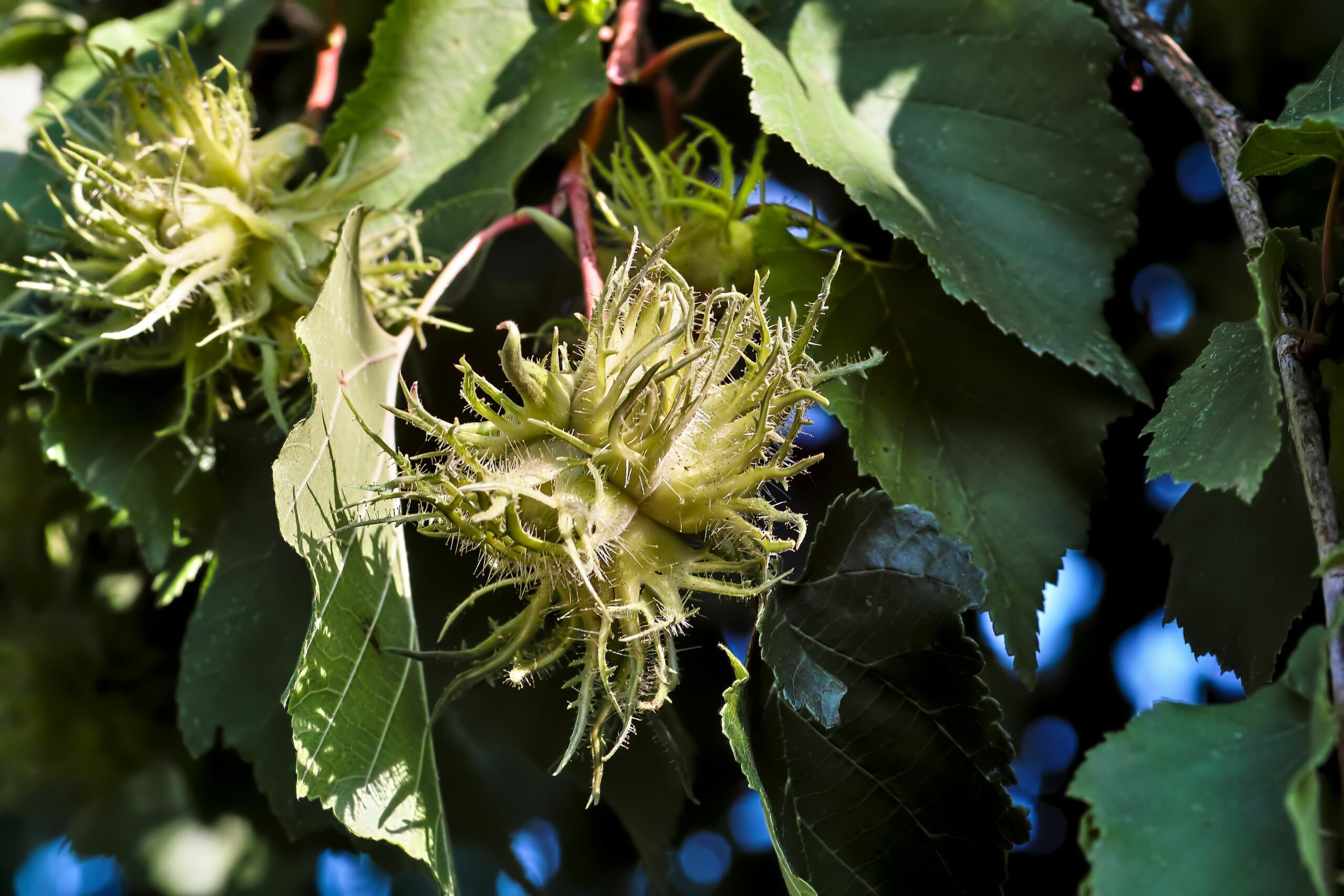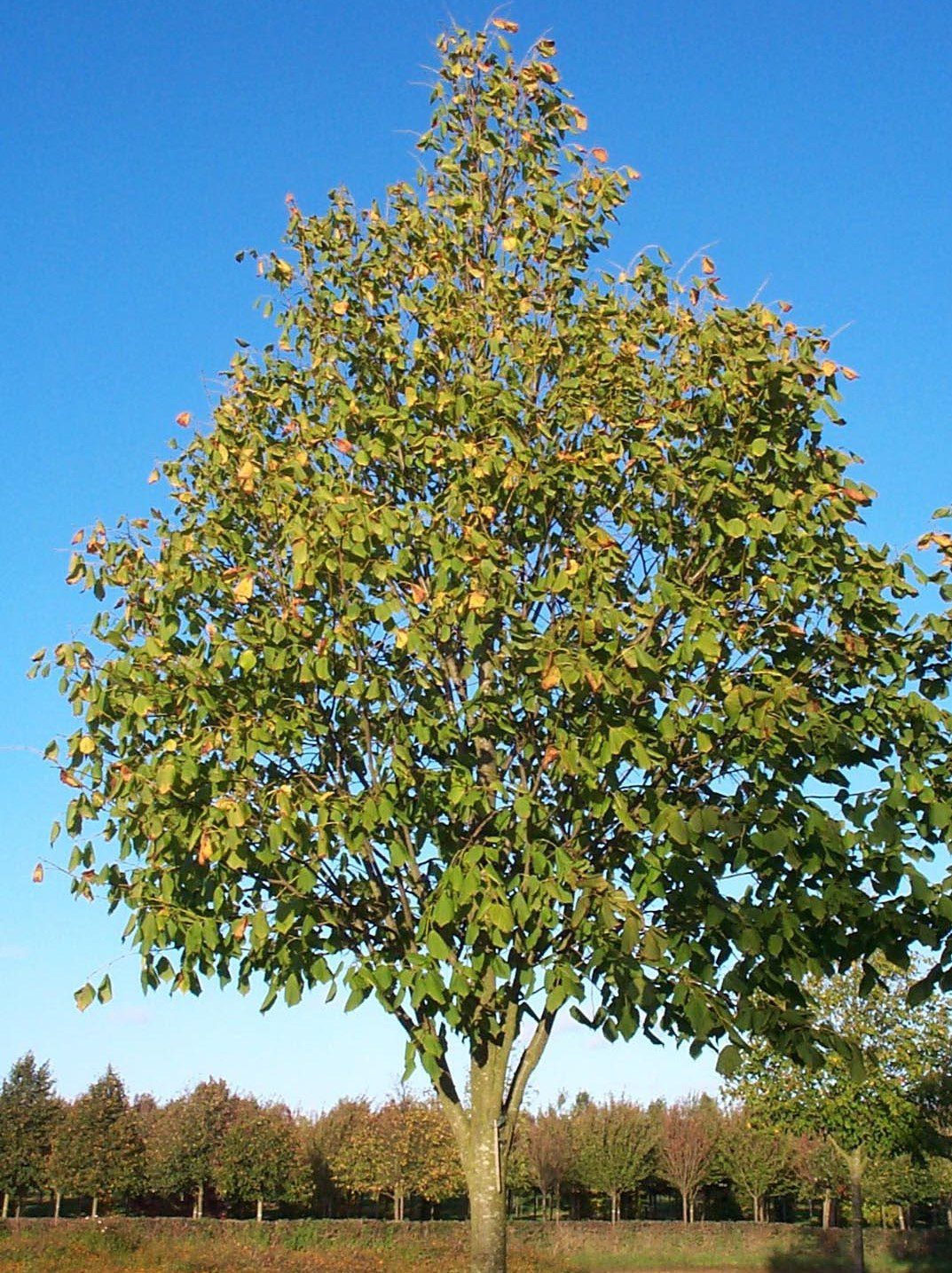Tree Information
Specialities
Tolerances
Wet Soil: Medium
Dry Soil: Medium
Lime: High
Acer campestre, commonly known as the Field Maple, is the UK’s only native maple and a highly valued tree in landscaping and urban greening projects. Known for its adaptability, compact form, and ecological benefits, Acer campestre thrives in a range of settings, from countryside hedgerows to city streets.
The Field Maple features a compact, bushy canopy with a slightly irregular texture that lends a rustic charm to any landscape. Its small, rounded leaves emerge a fresh green before turning brilliant yellow, and occasionally tinges of red—in autumn, creating a striking seasonal display.
In spring, the tree produces clusters of small, green-yellow flowers. While modest in appearance, these blooms contribute to the development of winged seeds, or samaras. Emerging green with soft pink edges, the seeds darken to rich brown as they mature. Their aerodynamic form allows them to travel with the wind, aiding in natural regeneration.
Acer campestre is also renowned for its resilience. It tolerates shallow chalk soils, urban pollution, compacted ground, drought, and even coastal winds, making it a dependable option in diverse environments. These traits make it particularly suitable for southern UK regions and urban planting schemes.
Beyond its visual and practical strengths, the Field Maple supports local wildlife. Its canopy offers shelter for birds, and its flowers and foliage provide a valuable food source for pollinators such as bees.
Whether used in naturalistic plantings, formal avenues, or compact green spaces, Acer campestre blends beauty, toughness, and biodiversity value, making it a standout native species for contemporary landscapes.
Visit our Useful Resources for in-depth guides
Discover guides to help you with specifying your trees, caring for your trees and understanding the weights and dimensions of trees.
Useful ResourcesSize
Medium
9m high x 7m wide after 25 years
Environment
A versatile tree that thrives in a variety of environments, making it an excellent choice for hedging, parks, and coastal areas. Its dense foliage make it particularly well suited for creating natural boundaries or hedgerows, where it can provide both privacy and a lovely green backdrop. It's adaptability to coastal areas makes it a resilient option for landscapes near the sea, where other trees might struggle.
Foliage
Distinguished by its unique foliage which sets it apart from other maples. Its leaves are smaller and more rounded. In late spring, soft, dark green leaves will unfurl. During autumn, the tree truly shines, boasting some of the most striking colours among native trees. The foliage transforms into beautiful shades of yellow, often with delicate tinges of red, creating a warm and vibrant display that lights up the landscape. Notably, the leaf stems contain a milky sap that can be harnessed for maple syrup production.
Resilience
Exceptionally resilient, capable of thriving in a wide range of soil conditions. It shows a particular affinity for shallow soils over limestone, making it well-suited for southern regions of the UK. This adaptability allows the field maple to flourish where other trees may struggle. Its hardiness is further demonstrated by its tolerance of various environmental challenges, including soil compaction, exposure to strong coastal winds, urban pollution, and drought. This resilience makes this tree a versatile and reliable choice for both rural and urban landscapes where it can withstand conditions that would challenge many other species
Wildlife
Supports a vibrant array of wildlife, making it a valuable addition to any landscape. its winged seeds are a crucial food source for various bird species and small mammals, providing essential nutrients throughout the year. The trees foliage serves as a feeding ground for numerous insects, which contribute to the local ecosystems biodiversity. Additionally, the field maples springtime flowers are rich in pollen, offering a bountiful resource for bees and other pollinators.
Available As:
Semi-Mature, Multi-stem
FAQs
How tall does Acer campestre grow?
Acer campestre typically reaches heights of 7-12 meters, and has a spread of 4-8 meters. Its size can vary depending on growing conditions.
What are the ideal growing conditions for Acer campestre?
Field Maple thrives in a range of soil types, including clay, loam, and sandy soils. It prefers well-drained soil and can tolerate both full sun and partial shade. It is also adaptable to urban environments and can handle soil compaction and pollution. It shows a particular affinity for shallow soils over limestone, making it well-suited for southern regions of the UK.
Are there any common pests or diseases that affect Acer campestre?
Acer campestre can be affected by diseases like powdery mildew, especially in young trees. They can also be susceptible to gall mite. Regular monitoring and proper care can help manage these issues effectively.
Make an Enquiry
Enquire below and speak to one of our expert team. For trades only, for general public enquiries click here.
Find Trees For Your Project
View Our TreesSpeak to a Member of Our Sales Team
Make an Enquiry
